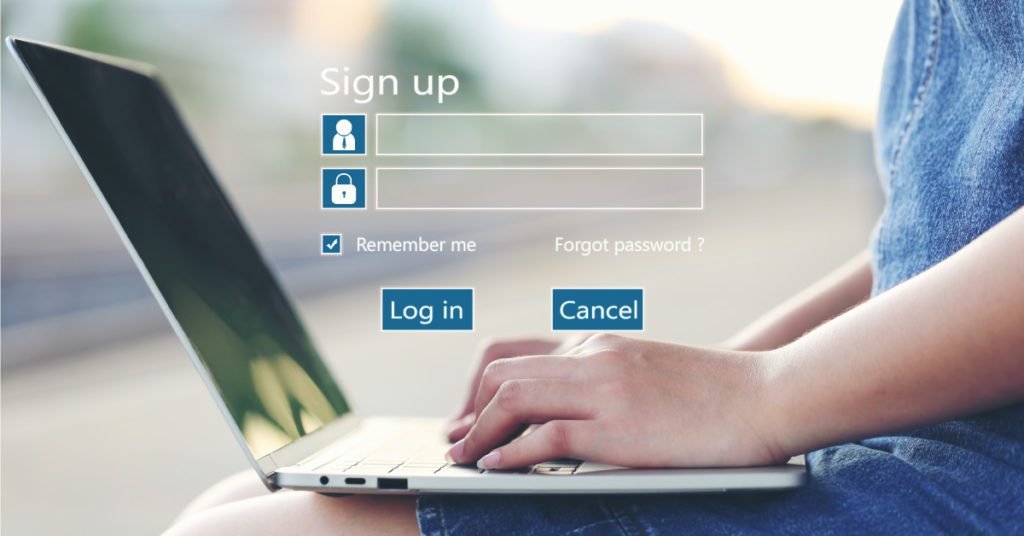Commonly used by software-as-a-service (SaaS) companies, the subscription business model can’t be beat when it comes to benefits. This business model allows you to sell your product to customers once and receive a recurring revenue stream that provides you with a consistent cash flow for easier and more accurate financial forecasting. And the advantages don’t stop there. Other benefits you can expect to receive include the ability to increase customer lifetime value, develop flexible pricing models, reduce involuntary churn, nurture a loyal customer base, quickly make software updates/add new features… and much more. But the way you manage SaaS subscriptions is what really brings those benefits to life.
Are you receiving all the benefits this business model offers? If not, what are the strategies and tactics – that many of your counterparts are already using – that will put your SaaS company on the road to long-term growth and profitability?
Properly Manage SaaS Subscriptions to Drive Growth
The SaaS subscription-based business model comes with its own set of challenges, which if not attended to could result in financial decline. Recognizing what works for this business model is the first step in taking your company from merely surviving to financially thriving. This isn’t, however, accomplished by re-inventing the wheel but by incorporating proven best practices into your business processes.
With over a decade of working with SaaS subscription-based businesses we’ve studied what strategies work and which ones, despite best efforts, simply don’t. Here are the seven strategies and tactics successful businesses rely on to keep their organizations running at peak performance levels and manage SaaS subscriptions seamlessly.
1) Align price with value
You have an assortment of pricing models at your disposal, as well as the ability to develop innovative pricing plans and supplementary short- and long-term personalized offers. Be sure your pricing strategies aren’t overly complex, are easy for your customers to understand, and directly link to the software package(s) purchased. It’s also important to frequently review your pricing strategy. This way you’re not undercharging or overcharging and pricing continuously reflects the value of your offerings, customer requirements, and market dynamics.
2) Manage SaaS subscriptions by evolving your products
As technology advances you have to stay on top of product evolution, including gathering feedback from customers. Not only do customers expect you to make continual improvements to the products you provide, but when you don’t customers typically churn. While you may want to increase the cost of your product for each product update, you need to ensure the monthly plans remain affordable and that the products delivered outpace the competition when it comes to quality.
3) Automate quote-to-cash (Q2C) processes
There are numerous steps for quote to cash processes. Configure, price, quote (CPQ), billing and invoicing, payments, collections, revenue recognition and collections. Handled manually, it can result in errors, late payments, and customer churn. An automated subscription management system enables you to provide timely and accurate bills, reduce collection cycles, credit accounts correctly, and proactively handle dunning. This enables you to reduce days sales outstanding (DSO), prevent revenue leakage, improve cash flow, and deliver outstanding customer experiences.
4) Create an integrated financial ecosystem
Integrate your subscription management system with front and back-office systems. These include customer relationship management (CRM), enterprise resource planning (ERP), business process management (BPM), robotic process automation (RPA), tax solutions, general ledger, and other systems. This automates the end-to-end billing and revenue management processes and creates a single source of truth.
5) Manage SaaS subscriptions by learning from acquired data
Insights gained from reports, dashboards, and analytics enable you to turn your findings into actionable strategies. For instance, you can use the data to understand customer behavior and track the impact your billing and pricing changes have on customer trends. You’ll know product demand; forecast the impact planned changes will have on customer trends; monitor metrics such as churn rates, monthly recurring revenue (MRR), annual recurring revenue (ARR), customer lifetime value (CLV), customer acquisition cost (CAC), and renewal rates.
6) Provide customers with more control
The majority of subscribers expect the ability to serve themselves. By providing a secure customer portal, you’re empowering customers to self-manage their subscriptions and perform activities such as upgrading or downgrading their subscription plans, update billing details, pay invoices, pause their subscription, or even cancel their account.
7) Deliver exceptional customer experiences
Developing and nurturing customer loyalty is essential for SaaS subscription-based businesses. Delivering positive customer experiences at every interaction can be the difference between frequent, profit-draining churn and customers that upgrade their subscriptions to the next tier. While the above touches on some of the most effective ways to improve the customer experience, here are 5 ways a subscription management system can boost customer retention.
These seven best practices are the foundation that successful organizations rely on to manage SaaS subscriptions. While you can implement some immediately, others take a bit more time and perhaps even need an automated subscription management platform to be implemented.
Paving the Way to SaaS Subscription Business Success
You need a way to automate all the complex processes inherent to your subscription-based business. At the center of businesses that successfully manage SaaS subscriptions is a powerful subscription management system. These systems provide the most effective way to gain all the benefits the subscription-based business model offers. With the right platform you can easily automate the entire Q2C process, while enhancing the customer experience.
With support for all your business requirements – any product, any service, any business model, BillingPlatform provides the agility you need to quickly respond to ever-changing SaaS subscription business and market trends. Our cloud-based platform was built with the SaaS subscription business model in mind to handle not only today’s demands but those of the future. Take a guided tour of BillingPlatform today to see what we mean, or contact our experts for a demo.



